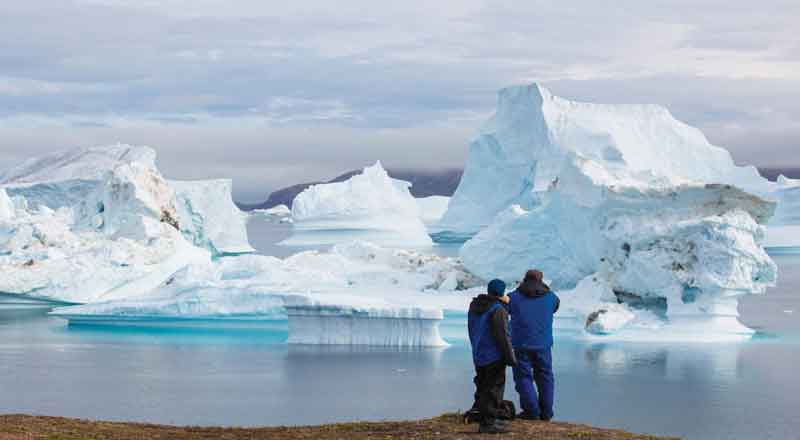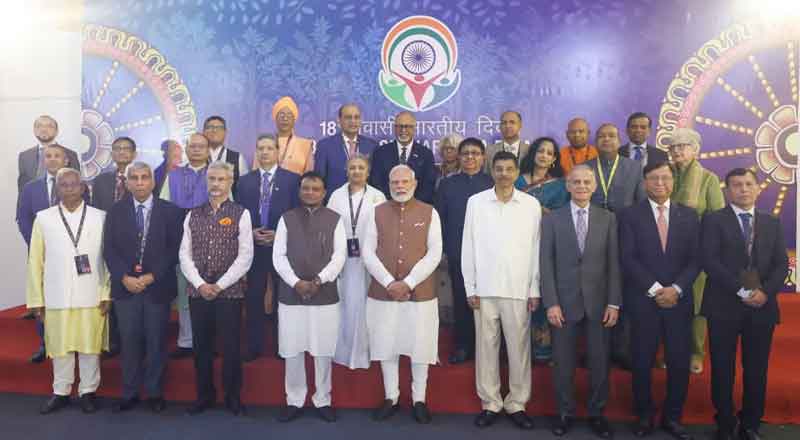Greenland’s History and Strategic Importance
Greenland, the world’s largest island, has a history deeply intertwined with exploration and survival. Located in the Arctic, it has been home to indigenous Inuit communities for millennia, later coming under Norse influence and ultimately becoming a Danish colony. Today, Greenland is a semi-sovereign territory with its own government but remains part of the Danish realm. Its vast untapped resources and strategic location make it a focal point of geopolitical interest. Recently, former U.S. President Donald Trump reignited controversy with his renewed interest in purchasing Greenland, a move that highlights the island’s complex position in global politics.
Trump’s Greenland Ambitions: A Second Attempt
In 2019, Trump famously expressed interest in buying Greenland, a proposal met with outright rejection by both Greenland and Denmark. Despite this, Trump has reiterated his desire to acquire the mineral-rich island, calling it a “deal that must happen.”
Greenland’s strategic importance stems from its position within NATO and its role in the U.S. ballistic missile early-warning system. The island hosts the Pituffik Air Base, a key asset in monitoring Arctic waters and countering Russian naval activities. Economically, Greenland holds significant untapped reserves of minerals critical for clean energy technologies, including graphite, lithium, and rare earth elements used in electric vehicles and wind turbines.
Greenland’s Resources: Rich Yet Untouched
While Greenland boasts abundant natural resources, its development has been hampered by environmental concerns, bureaucratic challenges, and opposition from indigenous communities. The Greenlandic government has banned the extraction of oil and natural gas, focusing instead on sustainable development.
Fishing remains the backbone of Greenland’s economy, accounting for over 95% of its exports. Additionally, annual subsidies from Denmark, amounting to nearly $1 billion, provide crucial financial support. This economic reliance on Denmark poses challenges for Greenland’s aspirations for full independence.
Who Owns Greenland, and Can It Be Sold?
Greenland has been under Danish control for over 600 years. Although it gained broad autonomy in 2009, including the right to declare independence via referendum, it remains a part of Denmark under the Danish constitution. Greenlandic Prime Minister Mute Egede has been vocal about the island’s right to self-determination, stating unequivocally, “Greenland is not for sale.”
Historically, the United States has attempted to acquire Greenland. In 1946, President Harry Truman offered Denmark $100 million in gold for the island, a proposal that was also rejected. While Trump’s interest echoes past ambitions, it underscores Greenland’s enduring strategic and economic appeal.
Independence: A Dream or a Distant Reality?
Greenland’s push for independence faces significant hurdles. While a majority of Greenlanders support independence, economic dependence on Danish subsidies makes it challenging to envision a viable future without external support.
If Greenland were to gain independence, it might explore a “free association” pact with a larger power, similar to Pacific nations like Palau or Micronesia with the U.S. However, experts argue that Greenlanders are unlikely to trade one form of dependence for another. As researcher Ulrik Pram Gad notes, “No Greenlanders want to just switch to a new colonial master.”
Denmark’s Perspective: Respecting Sovereignty
Denmark firmly opposes the sale of Greenland, considering it an integral part of the Danish realm. Prime Minister Mette Frederiksen labeled Trump’s 2019 offer as “absurd” and emphasized that Greenland’s future can only be determined by its people.
At the same time, Denmark acknowledges the importance of maintaining close ties with the U.S., particularly in the Arctic. Frederiksen’s recent remarks highlighted the need for cooperation while urging respect for Greenland’s sovereignty.
What Does Greenland Want?
Greenland’s political landscape reflects a mix of aspirations. While its leaders are keen to strengthen ties with the U.S., they are equally wary of being reduced to a pawn in global power games. Greenlandic MP Aaja Chemnitz succinctly captured this sentiment, stating, “I don’t want to be a pawn in Trump’s hot dreams of expanding his empire.”
Most Greenlanders prioritize sustainable development and self-determination. As they navigate the complexities of independence, they remain cautious about the economic and political challenges that lie ahead.
Greenland’s Icy Crossroads
Greenland stands at a critical juncture, caught between its historical ties to Denmark, its aspirations for independence, and its strategic importance to global powers like the United States. While Trump’s renewed interest in purchasing the island has reignited debates, Greenland’s leaders remain steadfast in asserting their sovereignty.
As the world grapples with climate change, resource scarcity, and shifting geopolitics, Greenland’s role will undoubtedly grow in significance. For now, the island’s future remains firmly in the hands of its people, who must balance the allure of economic opportunities with the preservation of their unique culture and environment.
(With inputs from agencies)





